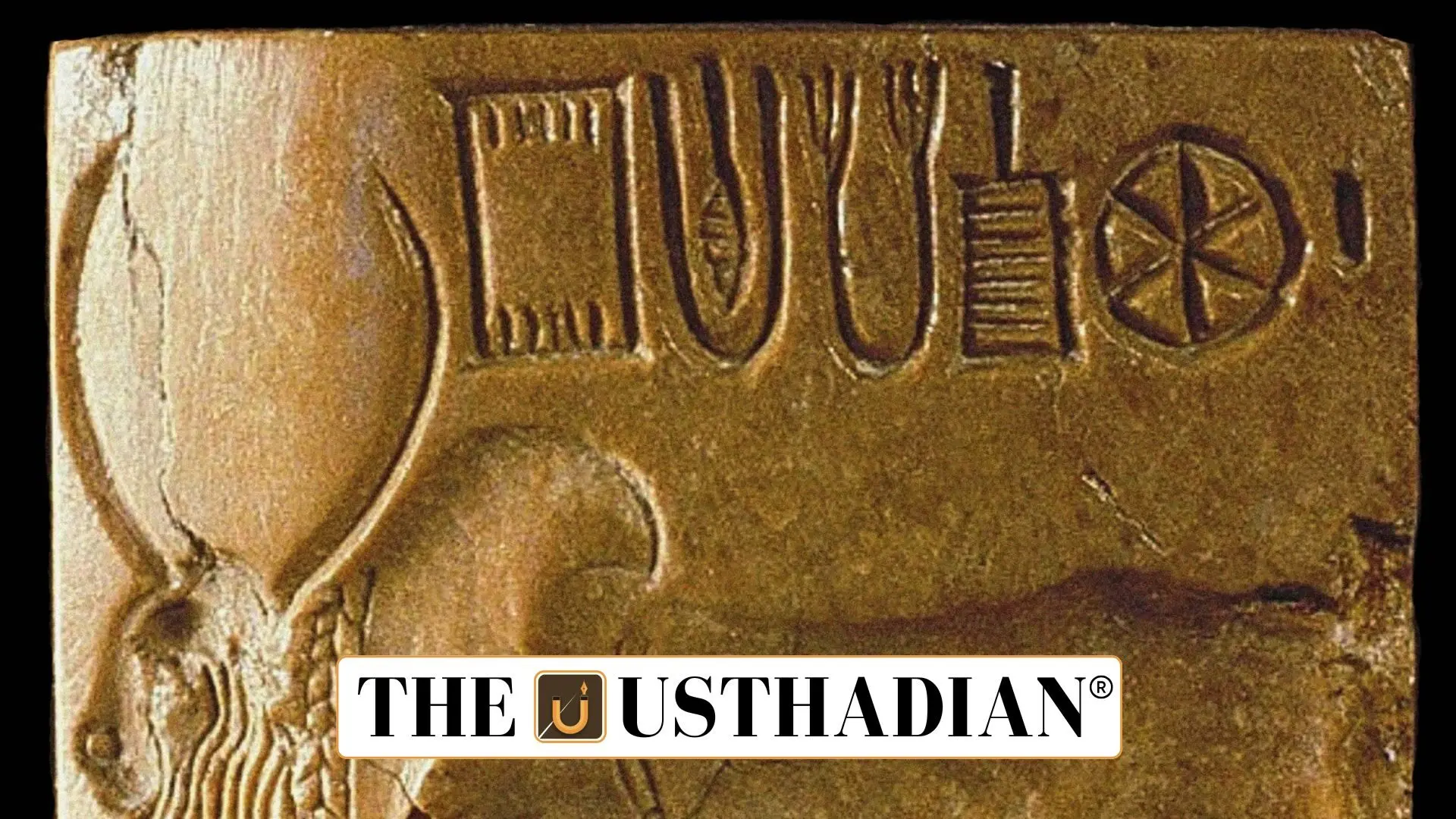What Is the Indus Script and Why Is It Important?
Decoding the Indus Script: India’s Oldest Puzzle Still Unsolved: The Indus Valley Civilization, one of the world’s oldest urban cultures (3300–1300 BCE), left behind a vast collection of mysterious symbols carved on seals, tablets, and pottery. Known as the Indus script, these short inscriptions — usually just 4–5 characters long — remain undeciphered. Scholars have recovered over 3,500 seals, yet we still don’t know what language the Harappans spoke, or whether these marks represent a true writing system or symbolic notations for trade or rituals.
Unlocking this script could redefine South Asian history, but without a bilingual key like the Rosetta Stone, the mystery remains intact — making it one of India’s most compelling archaeological puzzles.
Why the Script Remains So Difficult to Crack
The primary challenge is the absence of long texts or bilingual inscriptions. Unlike Egyptian hieroglyphs, which were decoded using the Rosetta Stone, the Indus script offers no known parallel language. Moreover, the script may have belonged to a language now extinct, possibly proto-Dravidian, Indo-Aryan, or even a language isolate.
Complicating matters further, the inscriptions are often just symbols—no grammar, no sentences, and no clear structure. This makes it difficult to identify phonetic values or repeatable patterns, which are essential for deciphering any ancient script.
Tamil Nadu’s $1 Million Challenge and the Dravidian Connection
In a bold move, Tamil Nadu Chief Minister M.K. Stalin announced a $1 million prize to anyone who can successfully decipher the script. This incentive follows studies showing symbolic overlaps between Indus signs and Tamil-Brahmi or South Indian graffiti marks.
One such study analysed 15,000 pot shards and over 4,000 artefacts, identifying 42 basic signs and hundreds of composite forms. Proponents like Finnish scholar Asko Parpola support the Dravidian hypothesis, suggesting the Indus script used rebus writing — where symbols represent sounds or meanings through visual puns.
Competing Theories and Ongoing Debates
Several theories compete in the scholarly world:
- Dravidian Theory: Supported by linguistic similarities with Brahui, a Dravidian language still spoken in Balochistan.
- Indo-Aryan Theory: Posits a link to early Vedic culture, though archaeological support is limited.
- Symbolism Theory: Suggests the script may be non-linguistic, used for identifying clans, trade goods, or religious affiliations.
Despite over 100 decoding attempts, none have gained universal acceptance — largely due to the script’s brevity and ambiguity.
STATIC GK SNAPSHOT FOR COMPETITIVE EXAMS
| Topic | Fact |
| Indus Valley Civilization | 3300 BCE to 1300 BCE |
| Total Seals Discovered | Over 3,500 |
| Average Characters per Seal | 4–5 |
| Most Symbols on a Seal | 17 |
| Language of Script | Unknown (Possible Dravidian/Proto-Indo-Aryan/Isolate) |
| Decipherment Attempts | Over 100 |
| Key Artefact | Pashupati Seal (Seated deity with animals, possibly proto-Shiva) |
| Tamil Nadu Prize Announcement | $1 million for successful decipherment |
| Key Researcher | Asko Parpola – Finnish Indologist, Dravidian theory proponent |
| Related Language | Brahui (Dravidian language in Pakistan) |








